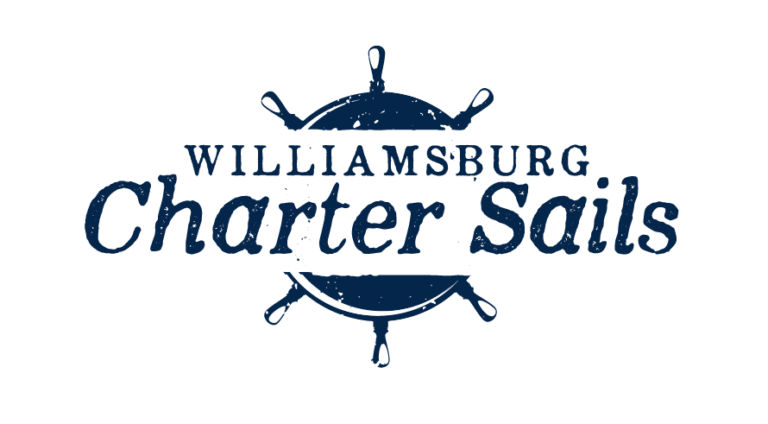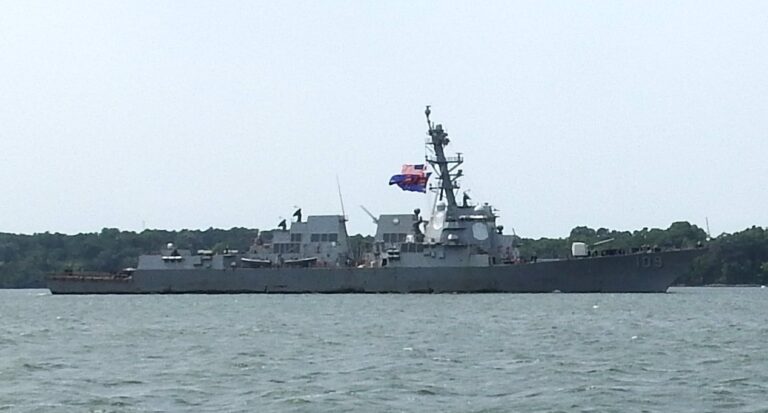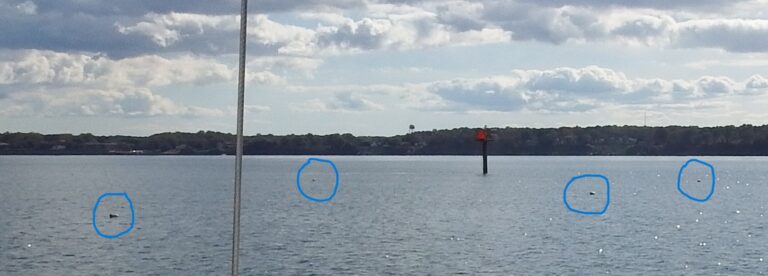The Battle of Yorktown didn’t just happen. Douglas Cummings gave an excellent prelude as part of the Christopher Wren Association fall 2016 series. Nearly all 250 seats at the Williamsburg Library auditorium were full. Cummings is an amateur historian who has spent 17 years volunteering at the battlefield for the National Park Service.
Besides the classic Jerome Greene book, Cummings recommended “The Campaign that Won America,” by the late Burke Davis as a highly readable narrative.
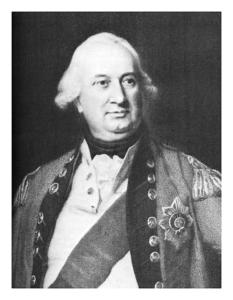
For the first time in the war, the Allies had superiority of force. “There were 9,000 Americans including the regular Army and the state militias. The French contributed 8,600 troops. The British forces on land were 8,300 with 2,000 of those Hessians. There was no Germany back then, or they would have been considered German.”
France also contributed the amazing figure of 20,000 Navy sailors and marines. “Admiral Francois DeGrasse’s flagship Ville de Paris was the largest warship in the world with 1,800 crew and 104 guns. That’s 52 guns on each side. The French fleets were based in Newport, Rhode Island, and Santo Domingo in the Dominican Republic.”
World actors on battlefield
The players were world actors. “Lord Earl Cornwallis at age 42 was by now the best British general in the army. He was second only in the war to Lord Henry Clinton. They battled in the South together until Virginia when Clinton went back to New York. They were not close. In fact, Cornwallis was very independent and worked around Clinton. He corresponded directly with Lord Germaine as Home Secretary to circumvent authority.”
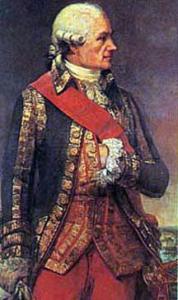
The French army was led by Lt. Gen. Jean Baptist Rochambeau. “He worked with Gen. George Washington, who was 49 by now. In the course of the war, Washington and Cornwallis fought each other 12 times and Washington lost nine times. His strategy was called Fabian after the Roman idea of thrusting and parrying and then withdrawing before losing. Washington’s genius was to keep the Army together, never letting them get captured or broken up. He never surrendered, either.”
By 1781 the war was at a stalemate with the Americans and British deadlock in New York City. British Gen. Henry Clinton chose to break things up by sailing south to Charleston with Cornwallis and thousands of troops.
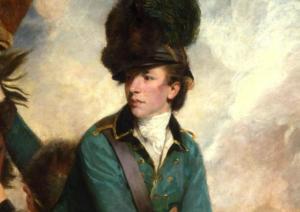
“Charleston turned into the worst defeat of the war for the Americans. 5,000 men were taken prisoner. We also lost at Waxhaws, where British Gen. Banistre Tarleton had many of the prisoners shot. He was hated for that forever by the Americans. We went on to lose at Cowpens, Camden and Guilford Courthouse. The Americans won Kings Mountain by charging uphill and taking hundreds of British captured.
“The battles of Guilford Courthouse and Cowpens were formidable for their strategy. Soldiers were deserting all the time, or they simply walked away when their enlistment period was up. Many of them were mountain men who were sharpshooters. So we put them in the front line and told them to shoot twice and walk off. Then a second row of sharpshooters did the same, shooting twice and walking off. They were running, actually, and many kept running. The third line consisted of the regular army and artillery. The British kept coming and in some cases took a beating.” At the end of each battle hundreds of American forces were listed as “missing,” when in fact they had deserted.
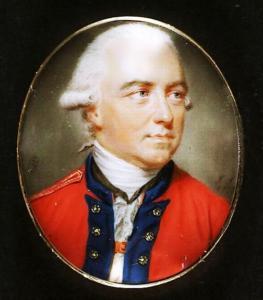
Guilford Courthouse was technically a draw but the British claimed it a victory. “Gen. Clinton blamed Cornwallis: ‘His lordship lost an army, lost the object for which he moved it, and buried himself on the seacoast of North Carolina.” In Parliament, Charles Fox put it this way: ‘Another victory like this will ruin the British Army.’”
Nathaniel Greene became Washington’s most valuable and longest-serving general, beginning in 1775. He rose from private to general in part because promotions were voted by the troops and he was very popular with them. Washington designated Greene to succeed him if he died.
“Surprisingly, Virginia had avoided the war all these years. The first three years were fought in the North, and then another three years were fought in the South. In 1780 British Gen. Benedict Arnold sailed here and went up and down the James. He captured Richmond twice and nearly captured Gov. Thomas Jefferson at Monticello. But Jefferson made it out the back door with ten minutes to spare.
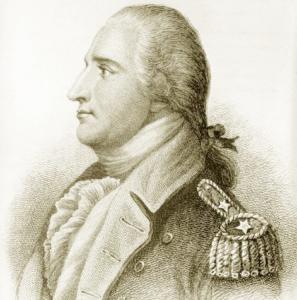
“Cornwallis arrived in Yorktown May 1781. He sent Benedict Arnold back to New York because he just didn’t trust him. As an American general, Arnold was the great hero at Saratoga although he never got the credit. He was severely wounded in the leg. His only monument at Saratoga is that of a boot recognizing his war wound.” Someone in the audience interjected, “His name isn’t even on the monument, just the words ‘American hero.’”
Let’s go sail
Check rates and pick a day for a sailboat charter. See reviews on Trip Advisor from sailors like you.
